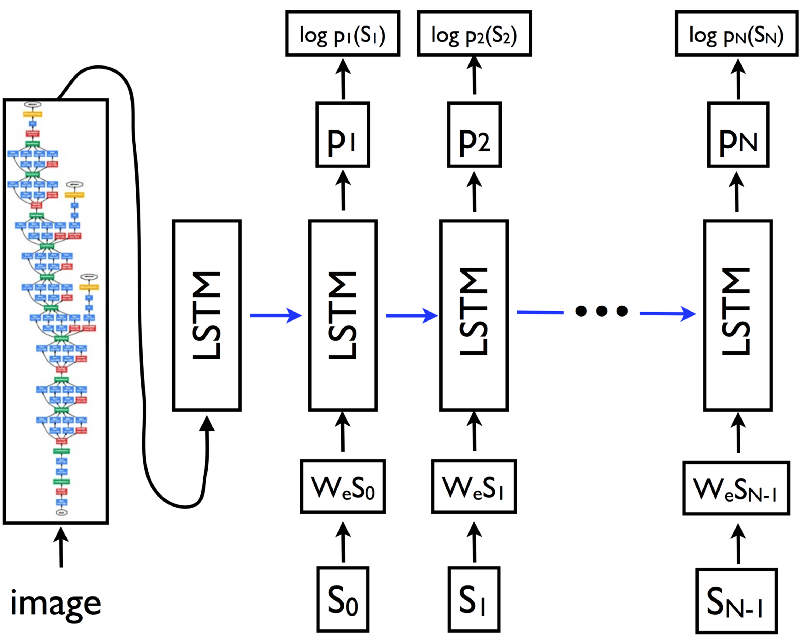

The tf.data.AUTOTUNE also tells of building the pipeline and optimizing as per the CPU requirement. It consumes more RAM, but it's all worth it as it removes the latency while training the model. It prepares more data in the background while the current one is ready.

prefetch: It is an essential feature of tf.data.If we use drop_remainder as True, it will prevent the creation of smaller batches. batch: It helps to return a certain number of data points.In addition, it prevents TensorFlow from throwing an error while training. repeat: It helps to repeat our dataset if we run out of data.Also, it helps when we require to do subsequent iterations. cache: It helps to cache the dataset in memory when it is iterated for the first time.For example, if the length of the dataset is 50000 and the buffer_size is set to 5000, then shuffle will select random elements from the first 5000 samples. shuffle: It helps to randomly select samples from the dataset by replacing the selected samples with new samples.We will go through some following features of tf.data Furthermore, by using tf.data, we unlock TensorFlow’s multi-threading/multi-processing implementation and the concept of autotuning. As a result, the training time of our model will be quicker than ImageDataGenerator class. It is easy to use but also faster than ImageDataGenerator class. The tf.data module helps us to create complex and efficient data pipelines effortlessly. This section will use tf.data to build our image data pipeline.
#Dataset from generator tensorflow example how to
How to Create the Data Pipeline? Introduction to tf.data Using tf.data while building the data pipeline in Keras is advised. In TensorFlow version 2.10, ImageDataGenerator is deprecated. The ImageDataGenerator also applies ‘in place’ or ‘on the fly’ augmentation. There is a catch that ImageDataGenerator does, i.e., it takes the original data and randomly transforms it, returning the transformed data for training the model. The ImageDataGenerator Class generates batches of images with different augmentations. Before feeding the data into the model, we must ensure that the data is shuffled (if we consider supervised learning scenarios), the data is also appropriately batched, and the next batch is available before the current iteration of model training is finished. For making the data pipeline, we will use Keras. We will also discuss the advantages of creating a pipeline in Keras with the help of tf.dataīefore making a Deep Learning model, we must prepare our data pipeline.Next, we will discuss how to create a pipeline with Keras.You will get to know about the 'ImageDataGenerator' Class in Keras.In this blog, I will show you how you can make a reliable image data pipeline with Keras, and we will compare performance with the pre-existing techniques. A promising data pipeline handles data efficiently and reduces the training time of any machine learning or deep learning model.
#Dataset from generator tensorflow example series
The data pipeline involves a series of steps before feeding into the model. So we need a promising data pipeline ready for making a good machine learning or deep learning model. We can only make Machine Learning or Deep Learning models if we have data. Remember that Tensorflow Dataset API is designed to handle large scale, possibly infinite datasets, and for efficiently batching, shuffling, and repeating datasets for training or evaluation, while pandas is more suitable for data manipulation and analysis.As we all know, all Machine Learning models or Deep Learning models are data-hungry. If your labels are in binary form (0s and 1s), this will plot a histogram showing the number of positive (1s) and negative (0s) reviews. # assuming 'Label' is your column with the review scores Regarding your second question, you can use the seaborn library to plot the distribution of positive and negative reviews: import seaborn as sns Tensor_data = tf._tensor_slices((padded_sequences, labels)) Padded_sequences = pad_sequences(sequences) Sequences = tokenizer.texts_to_sequences(texts) Tokenizer = Tokenizer(num_words=10000, oov_token='')

Here is an example on how you might do this: import pandas as pdįrom import Tokenizerįrom import pad_sequencesĭf.drop_duplicates(subset=, inplace=True) However, you can remove duplicates before creating the dataset using pandas, as you already mentioned. It's not straightforward to remove duplicates directly from a tf.data.Dataset object as in your case, because TensorFlow datasets are essentially generators, producing data on-the-fly and are not designed for the type of manipulation like Pandas dataframe.


 0 kommentar(er)
0 kommentar(er)
